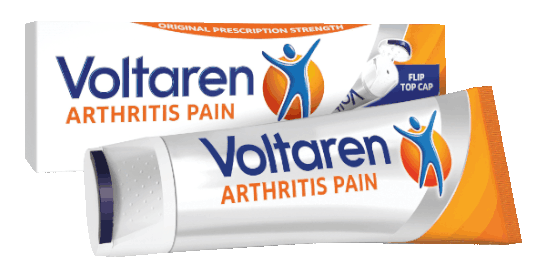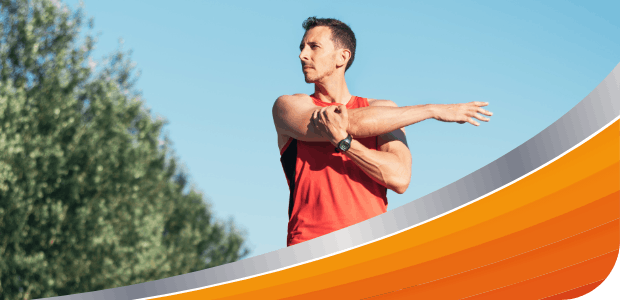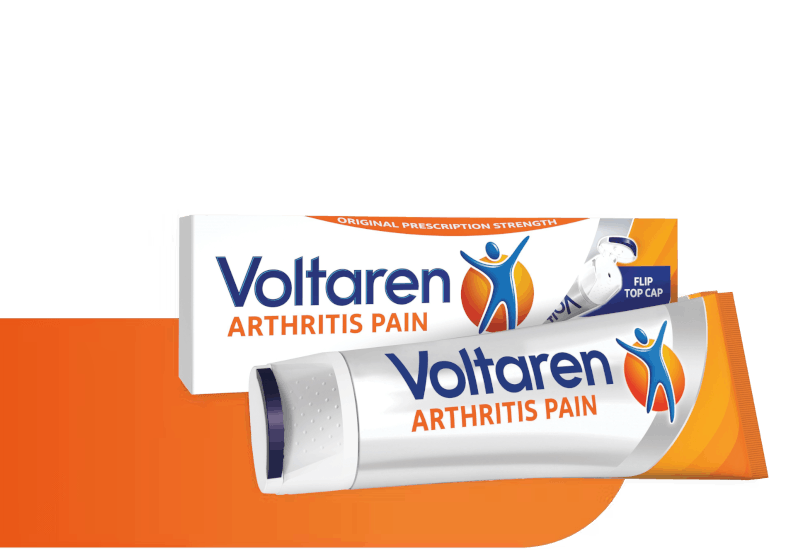Knee Stretches to Relieve Osteoarthritis Pain
/standing-stretches-to-relieve-arthritis-pain.jpg?auto=format)
Now that many of us are working from home, our lifestyles may have become more sedentary. If you sit at a desk all day, your knees can start to feel stiff and uncomfortable. Give your knees some relief by incorporating standing stretches into your daily routine.
If you’re worried that movement might exacerbate your joint pain or stiffness, that’s usually not the case.1 Movement isn’t off limits for patients with osteoarthritis. Inactivity actually makes knee pain worse, and staying still for prolonged periods causes joint stiffness.2 Stretching can relieve arthritis pain and increase the range of motion in your joints, so it’s worth making time for it in your schedule.3
The Benefits of Stretching
Incorporating regular stretching into your day has proven benefits, such as increasing blood flow to your muscles, reducing joint pain, and increasing flexibility.3,4 Better flexibility can:3,4
- Improve your performance while exercising
- Help your joints access their full range of motion
- Decrease your risk of injury
- Improve muscle efficiency
How to Stretch Safely
Before you start stretching, learn how to stretch correctly in order to stay safe. Keep these tips in mind to reap the maximum benefits from your stretching routine:4,5
- Warmup before you stretch. Stretching cold muscles can cause an injury. Try walking or some other form of moderate activity before you stretch. You can also stretch after exercising while your muscles are warm.
- Give equal attention to both sides of your body. Stretch both sides of your body for approximately the same amount of time to keep both sides balanced. Being more flexible on one side is a risk factor for injuries.
- Focus on stretching joints and muscles that you use every day.
- Stretch gently and smoothly to avoid bouncing. Bouncing can cause muscle tightness or strains.
- Stretch regularly. You reap the most benefits from regular stretching, so try and stretch around two to three times per week. If you feel your range of motion increase with regular stretching, keep it up to prevent losing those benefits.
- Don’t hold your breath. Breathing naturally while you stretch can help you move deeper into the pose.
- Stop if you feel pain. You only need to stretch until you feel a gentle pulling sensation in your muscle. Pain is a sign that you’ve stretched too far.
Osteoarthritis Knee Exercises
Try these quad and calve stretches to minimize stiffness around your knees.2 These exercises can all be done standing, so you don’t need to purchase any fancy equipment to get started. If you’ve recently had joint surgery, ask your doctor before trying any new stretches
Bent Leg Calf Stretch
Stretch your legs after a walk with this simple exercise. If you need to maintain your balance, you can hold onto a tree, wall, or chair for extra support.
- Keep your toes facing forward.
- Place your left foot behind you.
- Slightly bend your right knee without moving your knee past your toes.
- Slightly bend your left knee.
- Keep your head and spine straight.
- Press your right heel into the ground.
- Hold for 30 to 60 seconds.
- Repeat on the other side.5
You should feel your calves elongating while doing this pose, but ease off if you feel any sharp pain.5
Quad and Knee Stretch
This exercise is great for reducing knee pain and aiding knee function. All you need to get started is a chair.
- Gently hold the back of the chair.
- Stand up straight.
- Keep your knees shoulder width apart and your feet flat on the floor.
- Slowly bend your knees to lower your body a few inches.
- Don’t let your knees go past your toes.
- Slowly straighten your knees while engaging your hips and pelvis.6
You can repeat this exercise three to four times at first, then work your way up to eight to ten reps.6
Quad Stretch
Hold onto a chair or the wall if you need help balancing while doing this stretch.
- Stand up straight.
- Bring your left leg back, bending your heel towards your butt.
- Hold onto your foot with your left hand.
- Try to move your left thigh back until it’s parallel with your right thigh.
- Hold for at least ten seconds.
- Change legs and repeat ten times.2
Combining movement and gentle exercise with tai chi or yoga is another great option for patients with arthritis. These exercises keep your joints and muscles in shape and help prevent falls in older adults.2,4
Related Articles

How to Relieve Arthritis Pain
You can take control of symptoms in a few ways: by exercising daily, eating healthy, and using hot or cold packs. Taking these lifestyle tips into consideration can help make life a little easier.
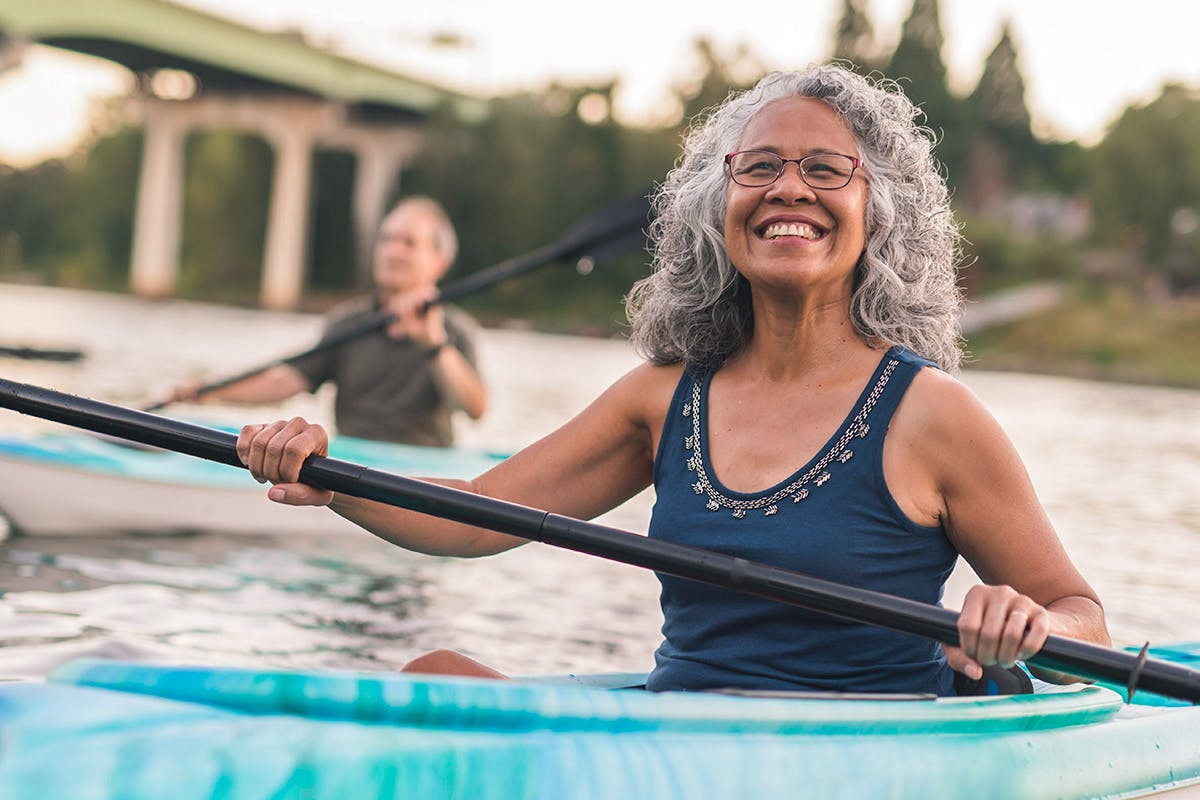
The Effects of Aging on the Body
Just because your body is aging, it doesn't mean you can't feel young! Learn the effects of aging on the body and what exactly you can do about it.
See How Voltaren Can Help
Save Money on Your Next Purchase.
Feel The Joy Of Movement
No matter the day, the hour, or what you’re doing, embrace the joy of movement with the help of specialized products from Voltaren: powerful gel for arthritis pain † or drug-free, dietary supplements for healthy joints.*
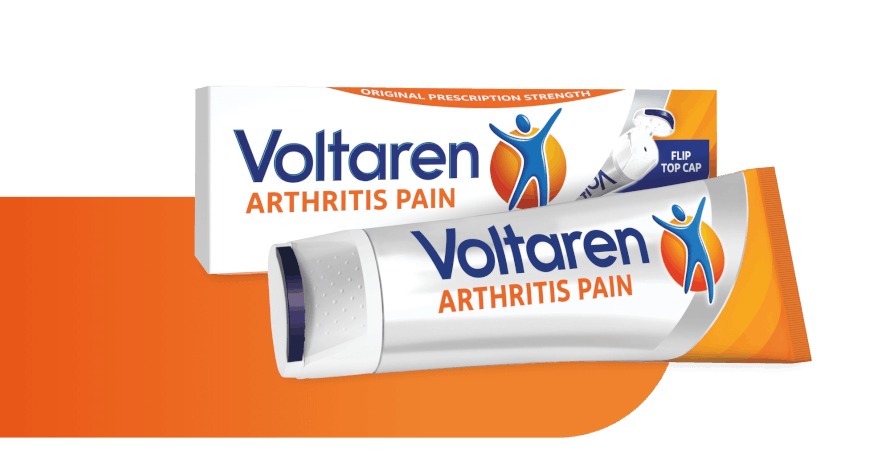
For Arthritis Pain Relief
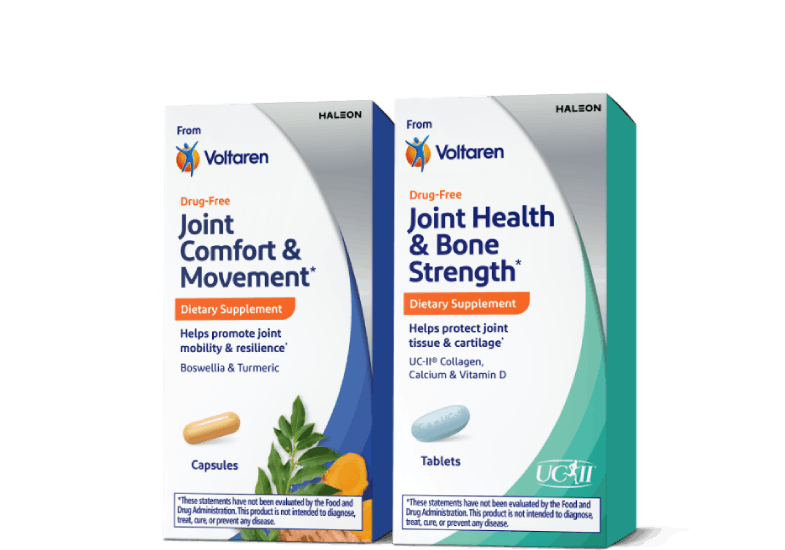
For Healthy Joints*
†Use as directed. Voltaren is approved for treatment of arthritis pain.
Dietary supplements from Voltaren are not intended to treat arthritis pain.
*These statements have not been evaluated by the Food and Drug Administration. These products are not intended to diagnose, treat, cure or prevent any disease.

